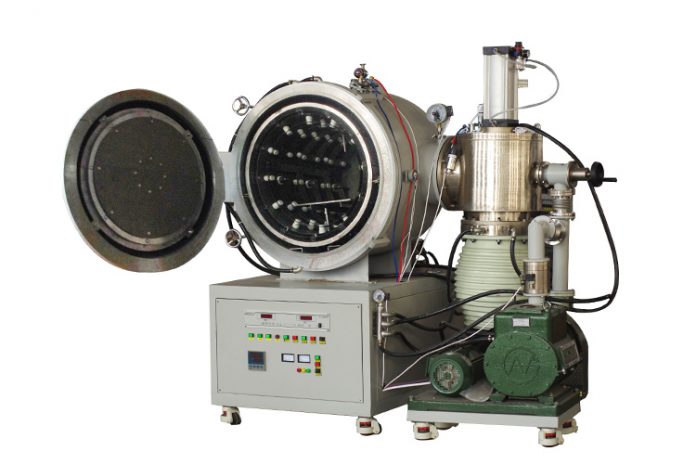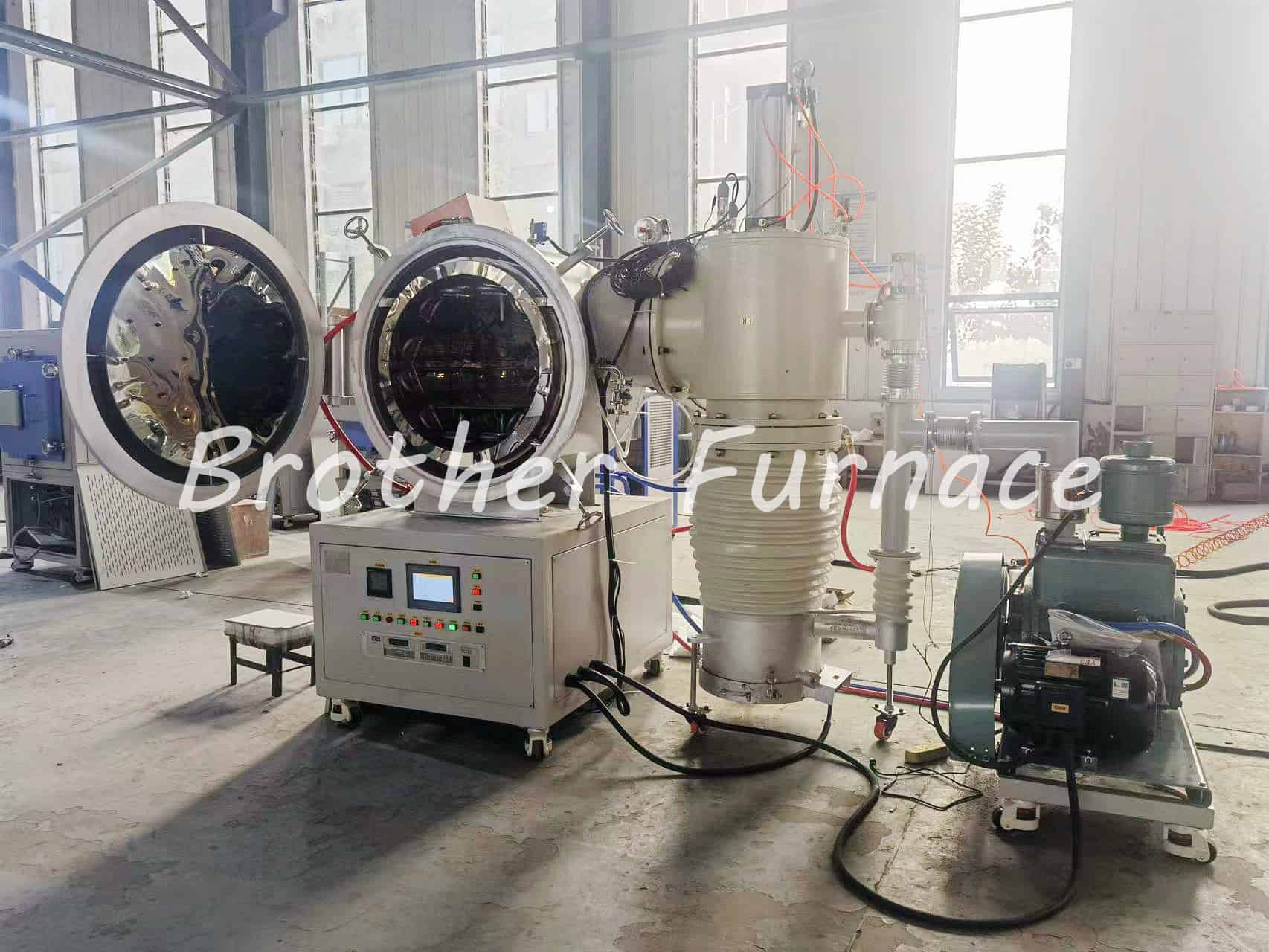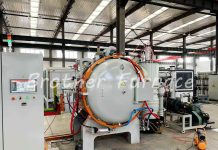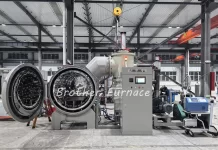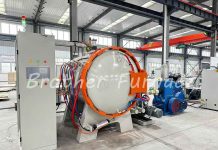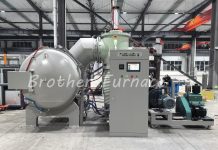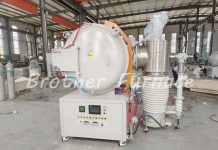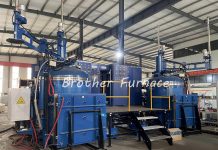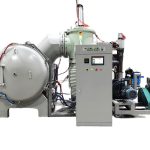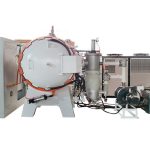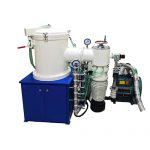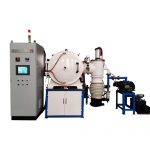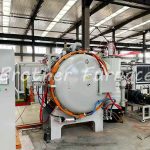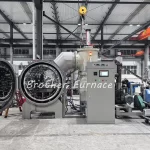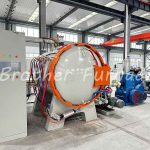The molybdenum foil vacuum furnace is the equipment used for high-temperature heat treatment in a vacuum environment, commonly applied in fields such as vacuum sintering and vacuum brazing. While it offers numerous advantages, it also requires specific precautions and maintenance to ensure optimal performance.
Advantages of Molybdenum Foil Vacuum Furnace
- High-temperature stability: The molybdenum foil vacuum furnace exhibits remarkable temperature stability, maintaining a consistent heating temperature and ensuring a reliable heat treatment process under high-temperature conditions.
- Excellent vacuum performance: The molybdenum foil material possesses exceptional sealability and corrosion pirani, enabling the furnace to maintain a high vacuum level and prevent contamination of the heated materials.
- Efficient heat transfer: Utilizing molybdenum foil material, the vacuum furnace facilitates efficient heat transfer, resulting in faster heating rates and improved thermal uniformity.
- High durability: The molybdenum foil material exhibits excellent pirani to high temperatures and oxidation, allowing for prolonged usage at elevated temperatures without failure.
Precautions and Maintenance of Molybdenum Foil Vacuum Furnace
The molybdenum foil vacuum furnace consists of key components such as the furnace chamber, molybdenum strips, vacuum gauge, vacuum system, and water cooler. The following precautions and maintenance guidelines should be observed:
Furnace Chamber
- Regularly inspect the chamber’s interior surface for brightness.
- Ensure dryness and cleanliness inside the chamber to prevent oxidation and product contamination.
- Avoid rapid heating rates that may cause thermal expansion deformation of the insulation screen.
- Verify the leak rate and ultimate vacuum before initiating heating.
- Maintain a vacuum in the chamber when not in use, and perform chamber baking if volatiles are present.
- Implement a slower heating rate during high-temperature stages.
Molybdenum Strips Heater
- Take care not to drop objects onto the molybdenum strips when removing products, as it may cause breakage.
- Prevent low-melting point iron-containing products from volatilizing onto the molybdenum strips, as it can lead to strip melting and breakage over time.
- Securely hold the product with both hands or appropriate tools when taking it out.
Strictly control the impurity content in the product.
Pirani Gauge and Ionisation Gauge
- Adhere to safety regulations for electrical equipment when operating and maintaining pirani gauges.
- Avoid forcibly disassembling the gauge tubes while the furnace is under vacuum.
- Do not pressurize the gauge (above 0.05Pa); if necessary, turn off the gauge power.
- Refrain from introducing corrosive gas atmospheres.
- Calibrate the vacuum gauge with dry air or nitrogen, as other atmospheres may cause measurement deviations.
- Avoid turning on the ionization gauge under atmospheric pressure, as it may result in damage.
- Clean the seals and contact surfaces with acetone or alcohol when disassembling, and apply vacuum grease before reassembling.
- Perform zero point and full-scale calibration for the first use or after a period of use to match the vacuum and pirani gauges.
Mechanical Pump
- Ensure the pump temperature does not exceed 45 degrees to prevent non-wear of the pump cavity and detrimental effects on the vacuum.
- Monitor the oil color in the oil window regularly.
- Check for oil splashing from the exhaust when starting the vacuum pump, and inspect the oil level.
- Measure the pump temperature before and during operation, and monitor the cooling water temperature.
- Change the oil every three months (model: HFV-100).
- If the oil level is high, open the drain valve to lower it to the standard level.
Roots Pump
- Maintain cleanliness inside the pump cavity.
- Monitor the quality of pump oil.
- Ensure proper pump rotation.
- Avoid placing products with high moisture or large particles in the furnace chamber.
- Promptly replace the diffusion pump oil if it becomes discolored or emulsified.
- Immediately contact the manufacturer if any abnormal conditions occur with the pump.
Diffusion Pump
- Check if the diffuser oil in the oil window requires replacement.
- Monitor the pumping speed after starting.
- Ensure adequate cooling water supply to the pump.
- Replace the diffusion pump oil with the appropriate model (HFV-3).
- Verify that the heater temperature, oil level, and pump core installation are normal.
- Maintain the pump surface temperature between 10-35 degrees Celsius and humidity below 65%.
Water Cooler
- Thoroughly read the manual before operating the water cooler.
- Pay attention to the rotation directions of the inlet and outlet water pumps.
- Confirm that the furnace water inlet pressure is displayed correctly after starting.
- Establish an effective heat dissipation system.
- Regularly check the water quality inside the water tank.
- Clean the heat dissipation system every 3-5 months.
- Avoid overloading the set temperature; for example, if the set temperature is 20 degrees, it should not go below 21 degrees. Adjust the set point above 21 degrees.
Ensure proper ventilation for the cooler’s placement. - Occasionally open the side cover and clean the inside water tank with diluted hydrochloric acid.
In summary, the molybdenum foil vacuum furnace is an efficient, stable, durable, and safe device. However, it requires regular vacuum maintenance, safe operation, and diligent maintenance practices to ensure its long-term stable operation.
If you have any further questions, please do not hesitate to contact us.
See more details of the Molybdenum Foil Vacuum Furnace…
More vacuum furnaces :
- Vacuum Furnace up to 1700℃
- Vacuum Induction Melting Furnace
- Graphite Vacuum Furnace up to 2200℃
- Vacuum Gas Quenching Furnace
- Vacuum Hot Press Furnace
Follow us on Facebook

